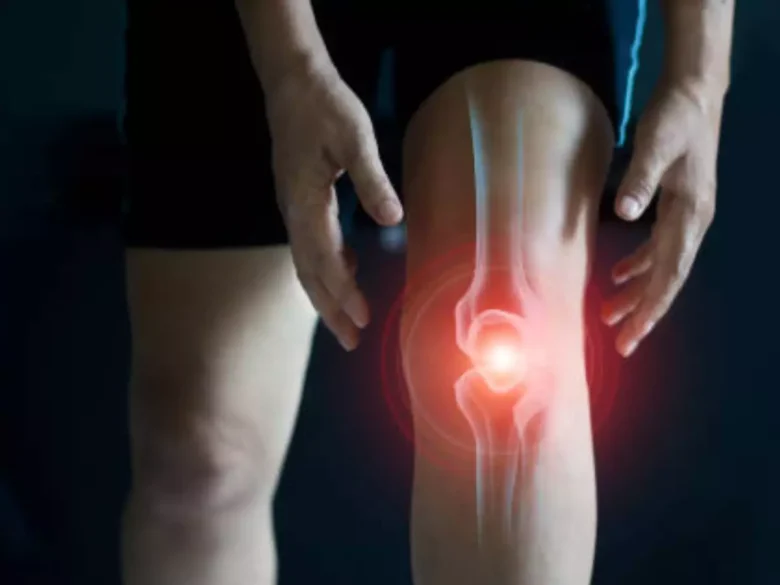Regular physical activity offers the body numerous health benefits, including preventing non-communicable diseases such as cancer and diabetes.
Cycling is a physical activity you can incorporate into your daily life as it can be a mode of transport. It saves the cost of refueling your vehicle and also helps reduce carbon emissions.
Below are some of the science-proven health benefits of cycling.

Source: Epicentercycling.com
Contents
Cardiovascular health
Not exercising can increase your risk of cardiovascular disease (CVD). Over the years, cycling, a physical activity, has been researched and noted to improve cardiovascular health.
A 2017 study that observed the lifestyle of 263,450 participants indicated that cycling is associated with a lower risk of CVD.
According to Wild Bunch Desert Guides, a local business that offers mountain bike tours in Phoenix, the equivalent of calories burnt by walking long distances can be taken care of by cycling a short distance.
In a similar study published in 2018, cardiovascular disease risk factors such as body composition and blood lipids were more favorable in cyclists.
Another study published in 2018 by scientists in Norway noted that the cardiovascular health benefit is consistent irrespective of the duration of cycling.
Weight loss
Cycling can help you lose or manage your weight but will require a high intensity to get any noticeable result.
You do not need to cycle to work or ride a bike around your neighborhood to lose weight. Many gyms have equipment for indoor cycling.
A 2019 study by scientists in Spain recommends combining indoor cycling and a proper diet to manage body weight.
You can burn up to 300 calories in 1 hour during moderate cycling, and more can be burned in lesser time if the intensity is increased.
High-Intensity Interval Training (HIIT) can also work. In HIIT, you cycle at a high intensity for about a minute, switch to moderate intensity for about 3 minutes, and then return to high intensity. Doing this for about 30 minutes can help burn more calories faster.
Various research has confirmed that fat oxidation peaks during endurance training activities. This means that when you feel like stopping, do not quit; endure the fatigue and pain for a while.

Source: cyclingmagazine.ca
Productivity at work
A worker who calls in sick will not be productive during the illness. A study by scientists in the Netherlands stated that people who cycle to work are less likely to be absent or sick.
It was also discovered that the duration of absenteeism is directly related to the distance a cyclist commute to work. People who ride for a long distance, above 5 kilometers, are less likely to be absent from work due to sickness than those whose workplace is nearer.
Respiratory health
Physical activities like cycling can help keep the lungs healthy, and this is true irrespective of the presence or absence of a lung condition.
A systematic review published in 2011, among other benefits, asserted that cycling could improve cardiorespiratory health.
The study recommended cycling between 170 and 250 minutes weekly for improved lung health. At the same time, you can notice significant improvements if you cycle for at least 20 minutes every day.
Cycling can also help boost the immune system to protect you from respiratory diseases like COVID-19.

Source: hbr.org
Mental health
A 2019 published study by researchers in the United Kingdom (UK) examined 38 participants riding an e-bike over a period of eight weeks. The cycling group was discovered to have improved processing speed and accuracy compared to participants who did not cycle.
Regular exercises have also been shown to reduce anxiety and depression. An old study published in 2016 observed 189 patients who were prone to depression. They were divided into three groups.
One group was treated solely with the required medication; another group, in addition to the drug, cycled six times weekly; and the other group received a placebo and also cycled six times weekly.
The result reveals that the level of depression ameliorated in the groups that cycled.
Bone health
Bone mineral density (BMD) indicates the amount of minerals, such as calcium, present in your bone tissue. Low BMD can result in osteoporosis, which increases bone proneness to fracture, making typical bending movements difficult.
A study conducted in 1999 by scientists at the University of Pittsburgh indicates women with low BMD are at risk of breast cancer.
Although research uncovered how cycling could lower bone density, some studies noted that riding a bicycle during adolescence and adulthood can improve bone geometry.
Cycling is an ideal exercise for people suffering from osteoarthritis because it minimally stresses the joints.

Source: timesofindia.indiatimes.com
Cancer
Researchers at the University of Glasgow in 2017 published that cycling to work can reduce cancer risk by almost 45 percent.
A similar study conducted by scientists at the University of Cambridge, UK, monitored more than 300,000 commuters in England and Wales for over 25 years.
People who cycled to work reduced their mortality rate by 20 percent. Additionally, their cancer death risk was reduced by 16 percent. Further, they were also found to be 11 percent less likely to be diagnosed with cancer.
Posture and coordination
It is no surprise that experts may include cycling in rehabilitation programs for people trying to regain their posture and body coordination.
Movement on the bike, such as adjusting your gait for proper balance, can help flex the spinal muscles and bones. Cycling stimulates the motor regions of the brain.
In dynamic stances, the cerebral cortex, a part of the central nervous system, is triggered and plays a crucial role in maintaining posture equilibrium.

Source: Rutlandcycling.com
Life span
Scientists at the University of Valencia, Spain in 2011 published a report analyzing the increased average longevity among the “Tour de France” cyclists. Eight hundred thirty-four cyclists who participated in the event between 1930 and 1964 were discovered to have lived, on average, eight years longer compared to the general population.
Likewise, a study published in 2017 stated that cycling could significantly benefit individuals with type 2 diabetes between 18 and 40. This is because it drastically lowered the participants’ blood pressure and would invariably improve the life span of these patients.
